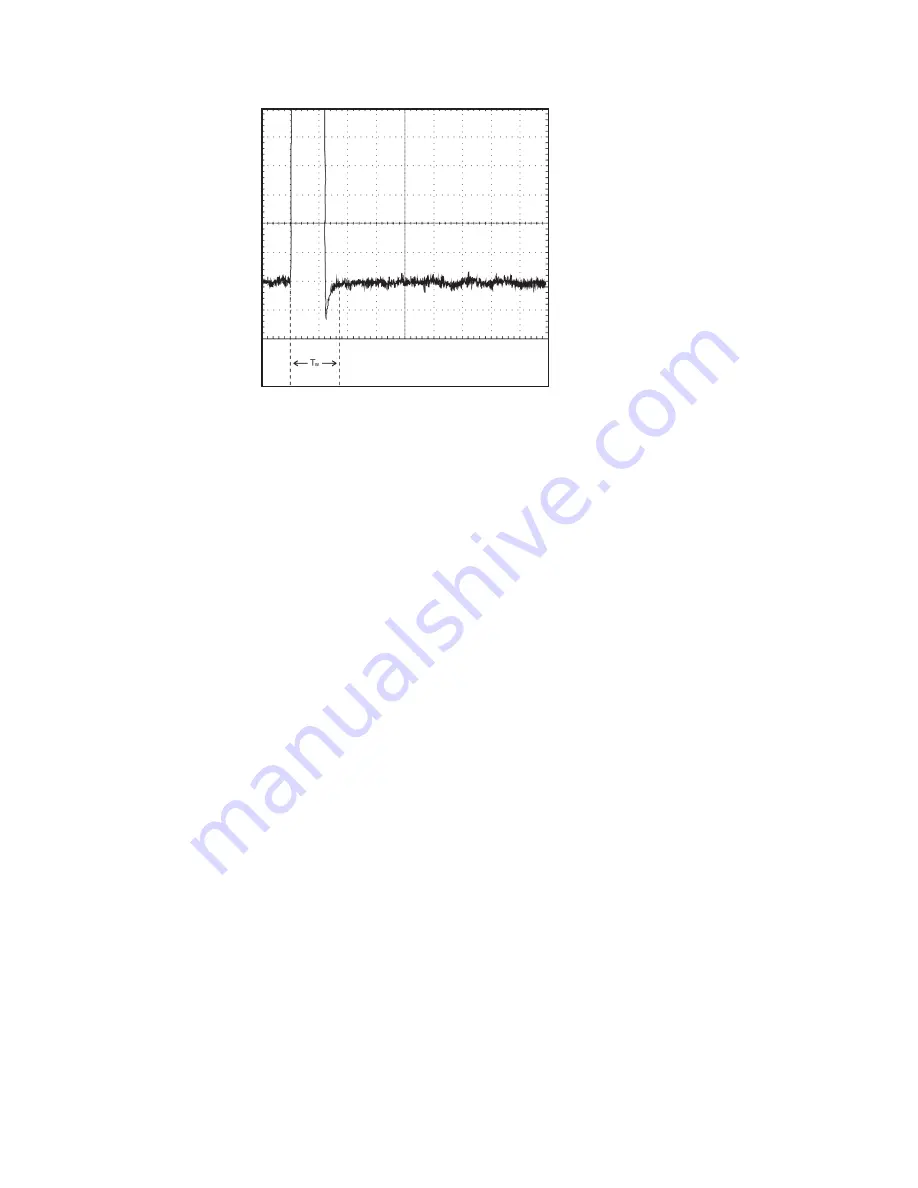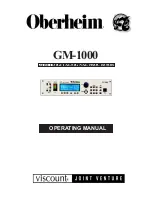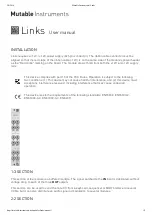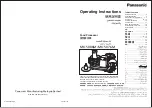
This behavior is usually due to non-ideal characteristics of the preamp feedback resis-
tor. Events that fall on the tail of an event which exhibits this behavior will become
corrupted or distorted when minimal guard time is selected. In this case, the spectral
peaks will be distorted with excessive high or low side tailing at high count rates.
Events that arrive too close and are corrupted by the tail of the previous pulse can be
rejected by increasing the Guard Time. For problematic detectors this will reduce
spectral distortion at high count rates, but at the expense of reduced throughput.
PUR Guard Setup
The default PUR Guard Time is 1.1x. This Guard Time is minimum and does not ex-
tend the pile up rejection interval beyond the peaking time. For events that exhibit sec-
ondary time constants or other anomalies, measure the pulse width from the leading
edge to where it returns to the baseline and becomes stable. This is noted as time T
W
in
Figure 26. The required guard time is determined by dividing T
W
by the Peaking Time
(1.1T
R
+ T
Flat Top
).
For example:
• The filter rise time is set to 5.6
µ
s and the flat top is set to 0.8
µ
s.
• The Peaking Time is: 1.1 x 5.6
µ
s + 0.8
µ
s = 7.0
µ
s. T
W
for a stable baseline is
15.0
µ
s.
• The desired guard time setting is: T
W
/Peaking Time = 15.0/7.0 = 2.1
User’s Manual - ICN 9231014G
53
PUR Guard
Figure 26 Preamplifier Secondary Time
Constant
Scope:
Vertical: 10
µ
s/div
Horizontal 20 mv/div
















































